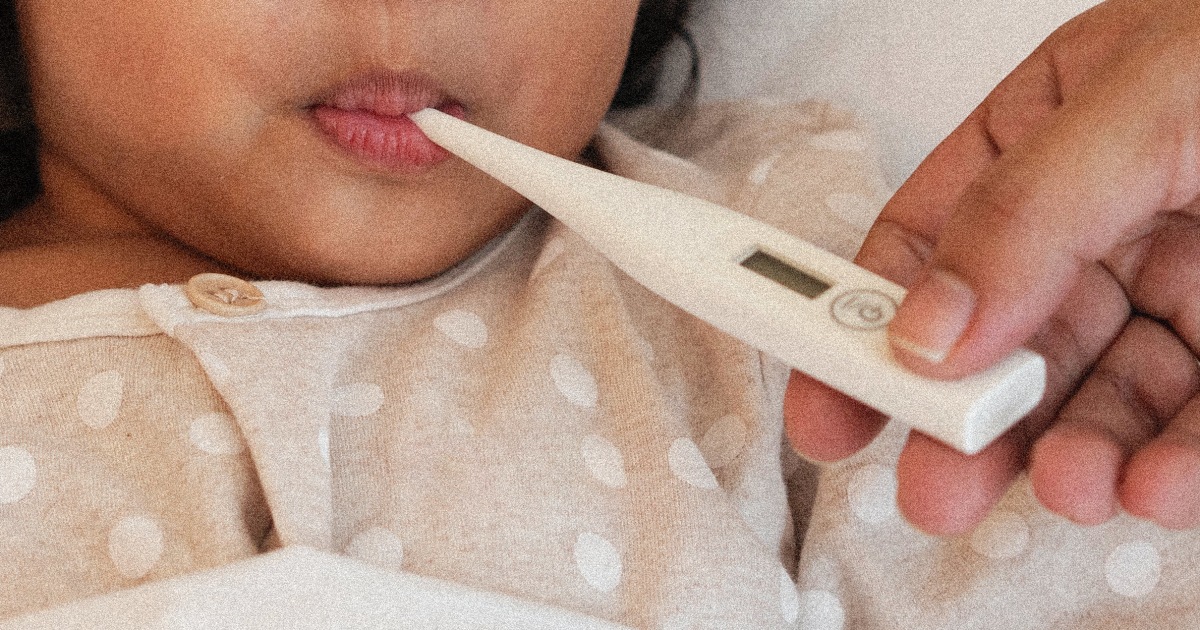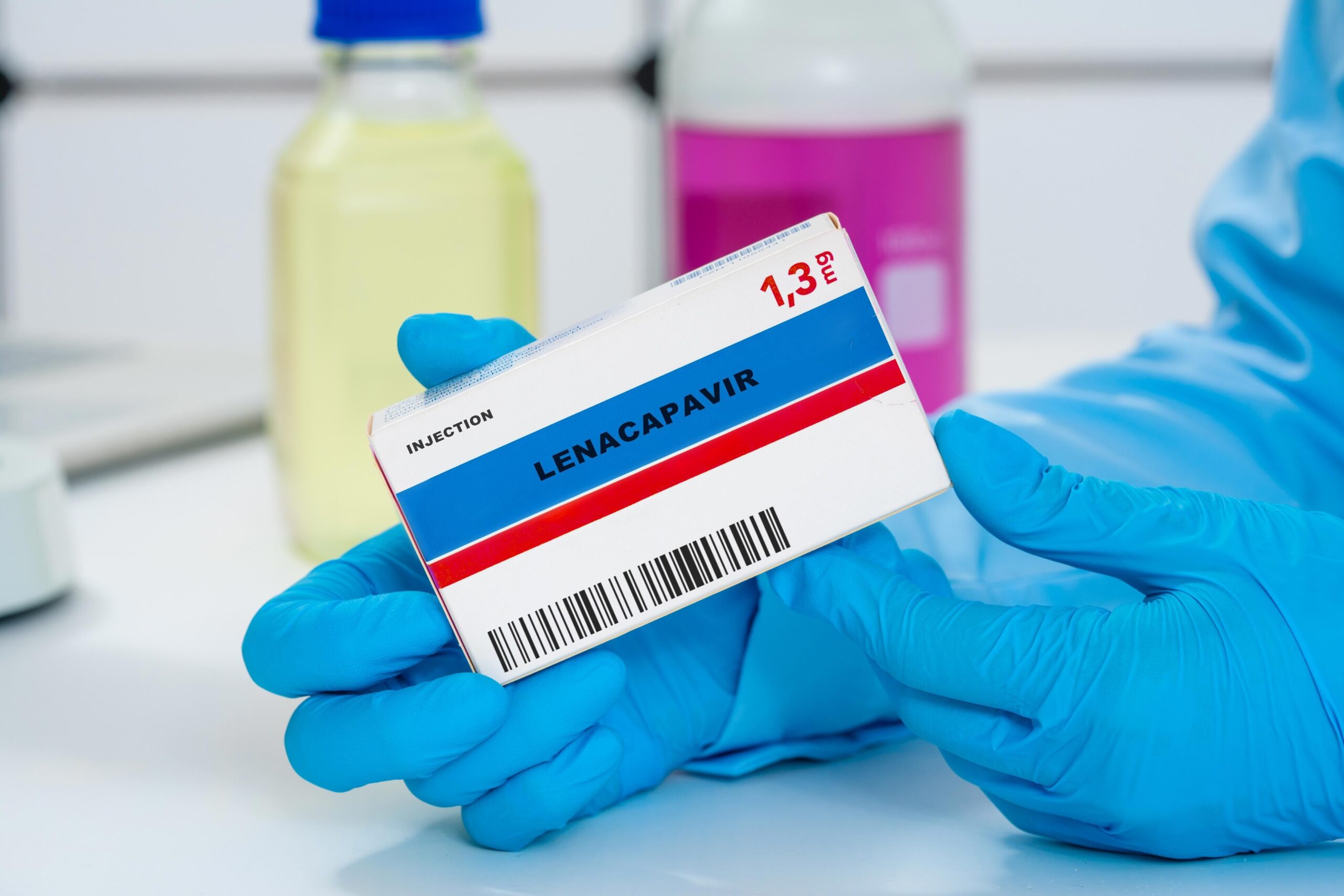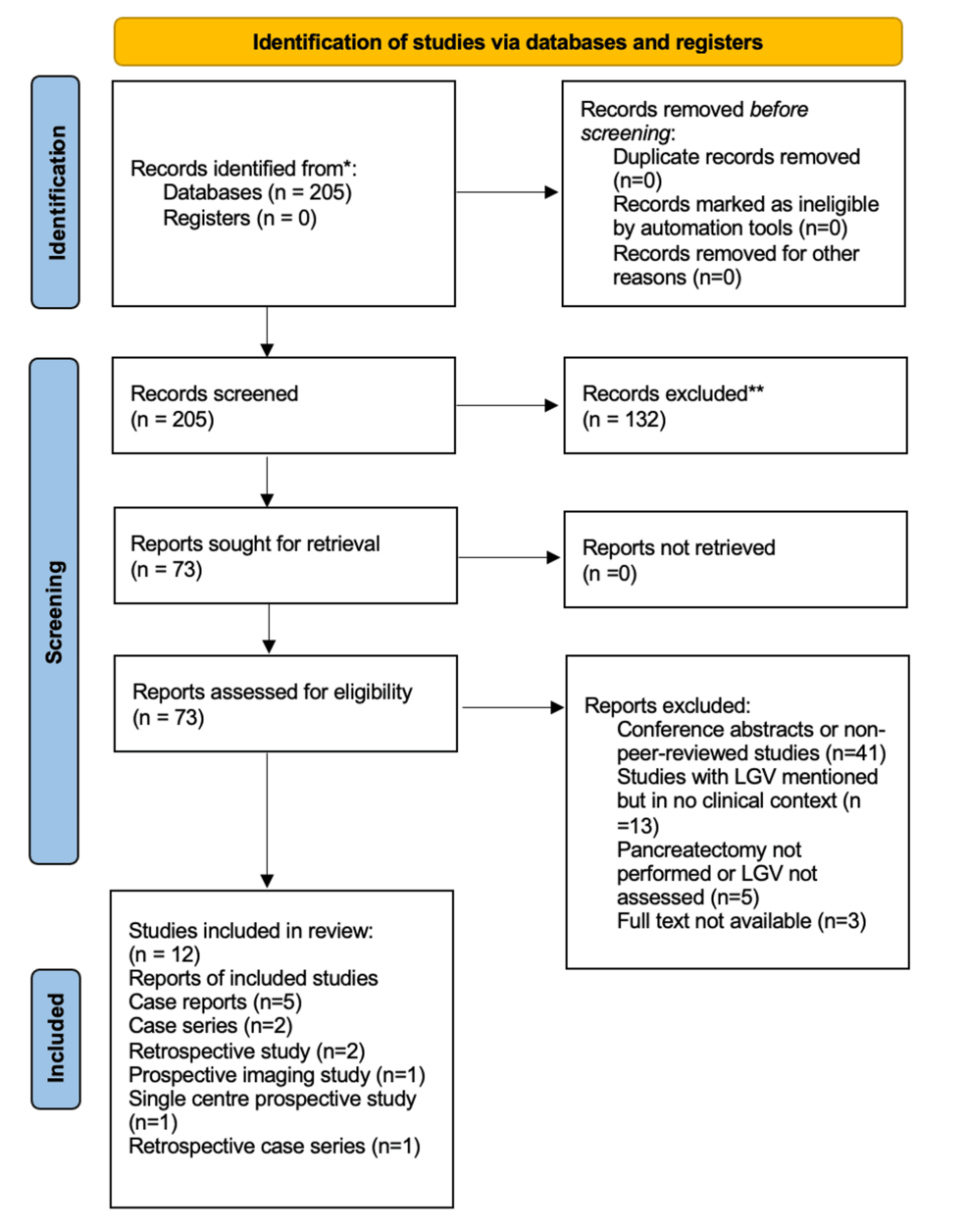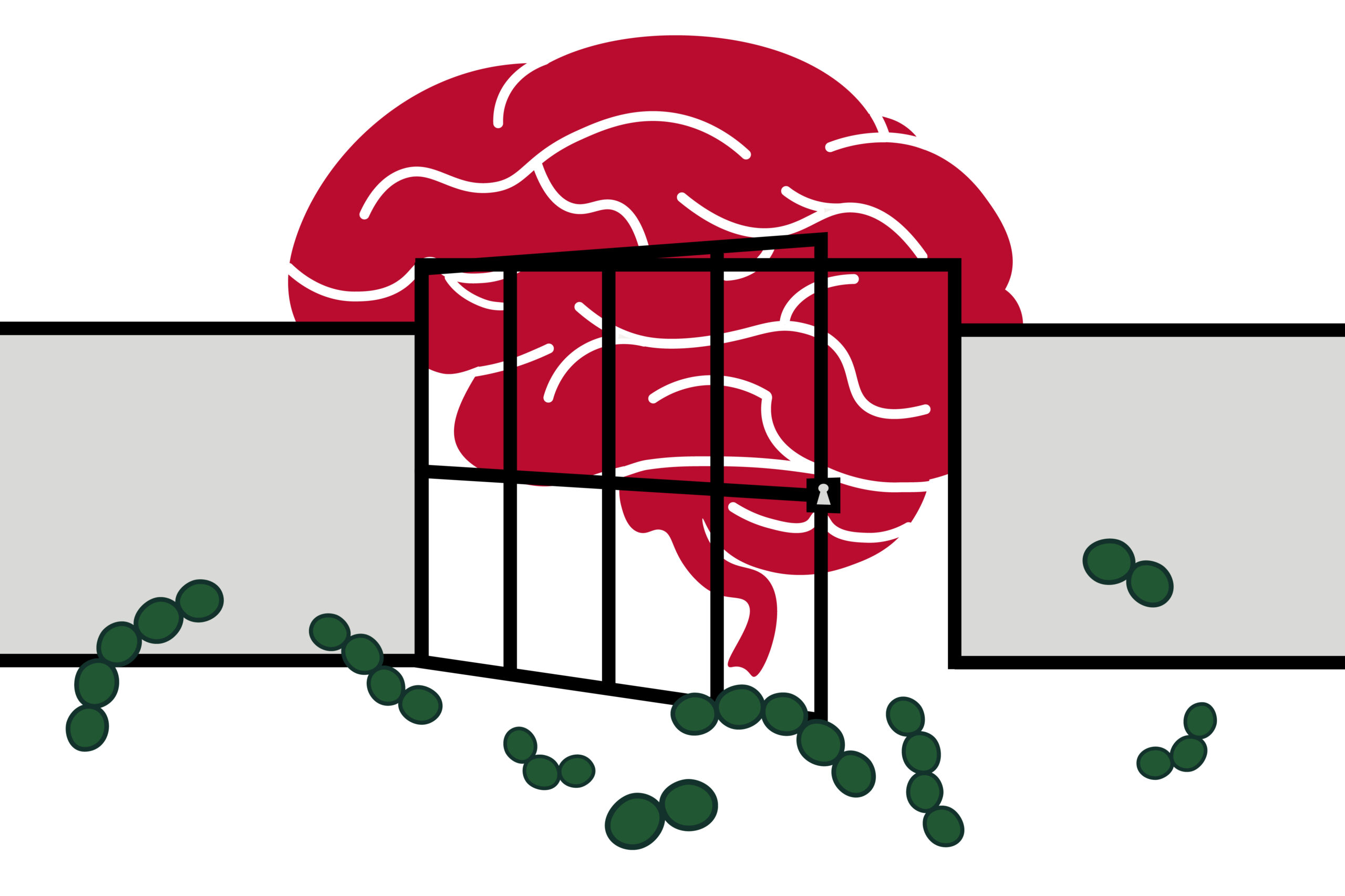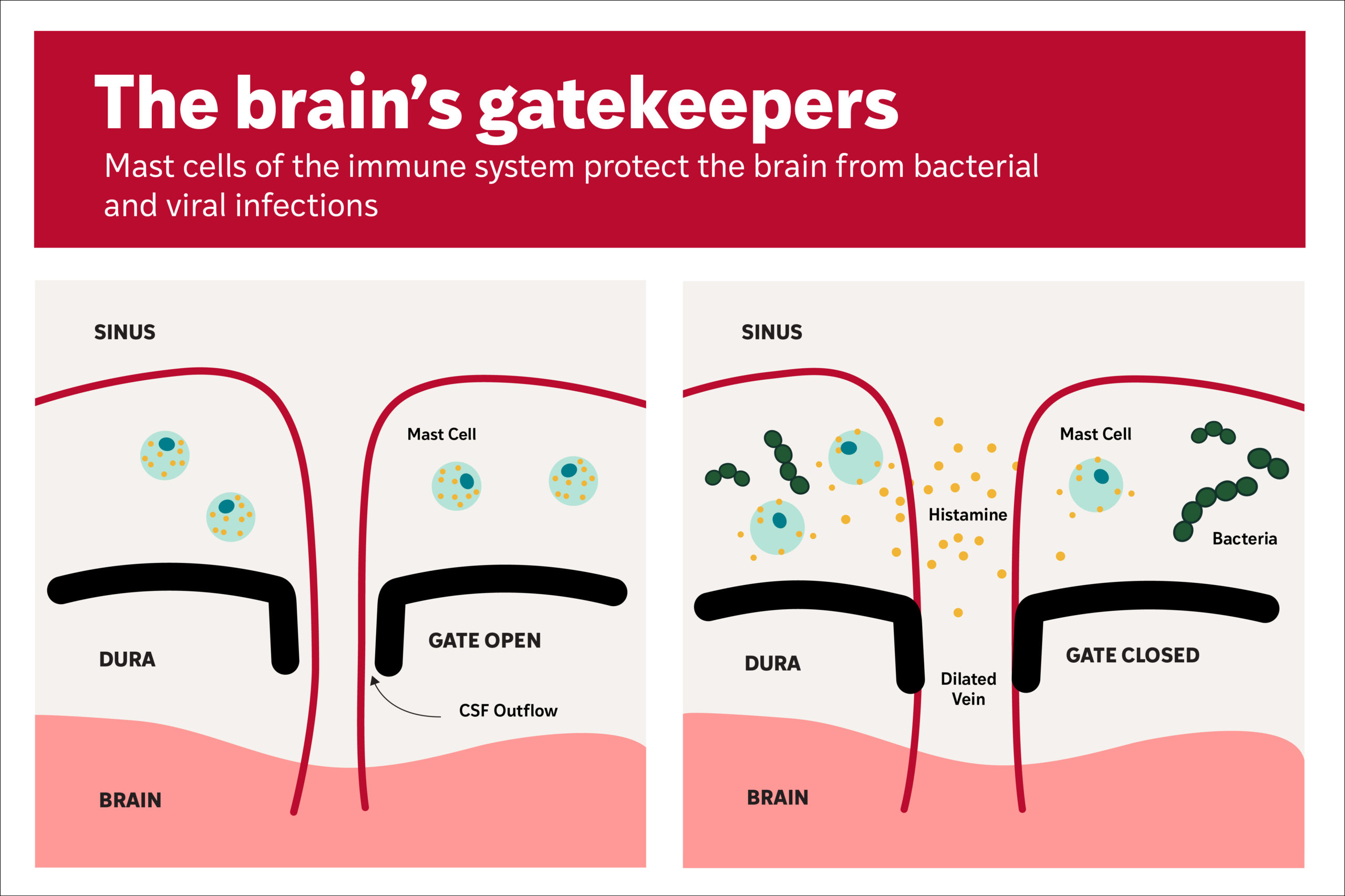Introduction
Rhabdomyolysis, characterized by skeletal muscle dissolution and subsequent myoglobin release, can occur secondary to trauma. While myoglobinemia is pathognomonic for rhabdomyolysis, it is not always present due to the short half-life of this enzyme (two to three hours in people and five to nine minutes in dogs).1–3 Creatine kinase (CK) is a key enzyme in energy transport and utilization mechanisms, reversibly catalyzing the transfer of phosphocreatine to adenosine diphosphate in several different mammalian tissues, including skeletal muscle, heart, and brain.4 The highest concentration of CK is within skeletal muscle, and elevations commonly accompany traumatic injury.5 Therefore, CK serum activity is preferentially measured in human trauma patients, and has been studied as a marker of muscle injury and a predictor of morbidity and mortality.5–7 Increased CK activity is not specific for trauma; nontraumatic causes of high CK in people and/or animals include caval and arterial thrombosis, cardiac disease, seizures, surgical intervention, toxin exposure, polymyositis, and immune-mediated myopathies.2,3,8–11
Perhaps, the most significant complication of rhabdomyolysis in people is the development of myoglobinuria, pigment nephropathy, and subsequent acute kidney injury (AKI). In human trauma patients, serum CK elevation is predictive of the development of AKI, and those patients with AKI are less likely to survive.6,7,12–16 While there is no specific CK value that is definitively associated with outcome in people, a serum CK level ≥5000 U/L has been widely used to evaluate increased risk of death in human trauma patients.6,17,18 The McMahon Score, which evaluates severity of illness in human rhabdomyolysis, includes CK to predict AKI, need for renal replacement therapy, and in-hospital mortality.19,20 Additional human trauma studies have shown that patients with a higher CK have higher illness severity scores (ISS) and that CK alone is an independent predictor of mortality.7,13
Few small animal veterinary studies have evaluated CK elevations.21–24 In one study of 601 critically ill cats, traumatized cats were more likely to demonstrate severely increased serum CK activity. In this study, regardless of cause, mild CK elevations were an inaccurate predictor of outcome; however, cats with a higher serum CK (>7500 U/L) had longer hospitalization times and higher treatment costs, as well as increased mortality.24 In dogs, studies have reported CK elevations with inflammation, infectious, neurologic or cardiac disease/injury, post-operatively, and post-exercise.4,24–32
Creatine kinase is commonly incorporated into bloodwork obtained in sick small animal patients. However, while higher CK elevations are predictive of mortality in human trauma patients, little is reported on the clinical utility of evaluating this enzyme in small animal trauma patients. The current investigation retrospectively assessed the severity of elevation of CK in small animal trauma patients. In this patient group, we also assessed for associations among the severity of CK elevation, an increased need for blood products or surgical intervention, prolonged hospitalization, and mortality.
Materials and Methods
The electronic medical record system was searched over a 15-year period for dogs and cats with a serum CK value ≥1000 U/L. Animals were then included if they experienced trauma. A moderate elevation (≥1000 U/L) was required for inclusion in the study to automatically exclude animals with mild, artifactual CK elevations (hemolysis, muscle penetration during blood draw) from the search. Patients were then divided into two groups based on severity of admission CK elevation: CK < 5000 U/L (range: 1000–5000 U/L) and CK ≥ 5000 U/L (range: 5000 to >120,000 U/L).
Signalment data recorded included: gender; age; weight; and breed when available. Type (blunt versus penetrating) and cause of trauma were also recorded. Evidence of traumatic brain injury (including seizures) and the presence of a pre-existing myopathy were noted. Patient creatinine level, packed cell volume (PCV) and total solids (TS) were also recorded on admission. The administration of packed red blood cells and/or fresh frozen plasma (including volumes transfused, when available) and need for surgical treatment were documented. Patient length of stay and clinical outcome (ie, survived, died, or euthanized) were also documented.
Given the retrospective nature of this study, all investigations and treatments were performed with owner consent. The authors confirm compliance with the journal’s ethical guidelines and adherence to best practices of veterinary care. Also due to the retrospective observational nature of this study, further ethical permission to utilize the above information was not required by the internal IUCAC committee of the Caspary Research Institute of the Schwarzman Animal Medical Center. The data utilized for this study were done so with confidentiality.
Statistical Analysis
All comparative statistics were run separately for feline and canine patients. Continuous variables were assessed for normality using the Shapiro–Wilk test for normality, which revealed that all continuous variables were not normally distributed. Accordingly, all descriptive statistics report medians and range rather than mean and standard deviation. Comparisons of continuous variables between groups were done with Wilcoxon rank-sum test and comparisons of discrete variables were performed by chi-square analyses. A p-value of less than 0.05 was deemed significant. Data were analyzed using Stata 15.
Results
Six hundred and twenty-six traumatized animals were eligible for enrollment, including 223 cats and 403 dogs. Forty-three animals did not have CK measured on admission and were excluded, leaving 583 animals (372 dogs [63.8%] and 211 cats [36.2%]) for study inclusion. One hundred and sixty-one dogs and 133 cats had a CK ≥ 5000 U/L and 211 dogs and 78 cats had CK values between 1000 and 5000. For the remainder of data analyses, groups were labeled as CKLC for dogs with a CK between 1000 and 5000 U/L, CKHC for dogs with a CK ≥ 5000 U/L, CKLF for cats with a CK between 1000 and 5000 U/L, and CKHF for cats with a CK ≥ 5000 U/L. The sample sizes, median CK and CK range for each group are listed in Table 1.
|
Table 1 Creatine Kinase Values in Trauma Patients
|
Patient signalment is summarized in Table 2. Common dog breeds included chihuahua (37/372), Staffordshire Terrier (33/372), and Shih Tzu (33/372). The remainder was of mixed and other purebreds. Most cats were domestic shorthairs (167/211). Blunt (versus penetrating) trauma was experienced by 84.4% (314/372) and 80.3% (169/211) of included dog and cat patients, respectively.
 |
Table 2 Summary of Signalments of Included Patients
|
There was no difference in creatinine or PCV between higher and lower CK groups on admission for dogs or cats (Table 3). Total solid measurements were significantly lower in the high CK groups compared to the low CK groups in both dogs and cats. In dogs, median TS for CKHC versus CKLC were 6.5 g/dL (range: 3.2–10.2 g/dL) and 6.8 g/dL (range: 3.6–10.2 g/dL; p < 0.05), respectively. In cats, median TS for CKHF versus CKLF were 7 g/dL (range: 4–11g/dL) and 7.5 g/dL (range: 5–12g/dL; p < 0.01), respectively.
 |
Table 3 Summary of Admission Biochemical Data
|
Twenty-one of 161 (13%) of CKHC dogs and 12/211 (5.7%) CKLC dogs required packed red blood cells (pRBCs) (p < 0.05) and 25/133 (18.8%) of CKHF cats and 6/78 (7.7%) of CKLF cats required pRBCs (p < 0.03). Ten of 161 (6.2%) of CKHC dogs and 15/211 (7.1%) CKLC dogs required fresh frozen plasma (FFP) (p > 0.05) and 7/133 (5.3%) of CKHF cats and 1/78 (1.3%) of CKLF cats required FFP (p > 0.05). Both dogs and cats with CK ≥ 5000 were more likely to require pRBCs than their lower CK counterparts, but there were no dog or cat group differences in the need for fresh frozen plasma. Sixty-eight of 133 (51%) cats in the CKHF group required surgery, which was significantly less than cats in the CKLF group (51/78, 65%; p < 0.05). No difference in need for surgery was seen between dog groups.
Length of hospitalization for both dogs and cats with CK values ≥5000 U/L was significantly longer than for those with CK < 5000. Dogs in the CKHC group were hospitalized for a median of 72 hours (range: 2–672 hours) while CKLC dogs were hospitalized for a median of 49 hours (2–432 hours; p < 0.001). Cats in the CKHF group were hospitalized for a median of 66 hours (range: 4–1536 hours) versus 48 hours (range: 1–192 hours) for CKLF cats (p < 0.01). Thirty of 372 dogs (8%) and 18/211 cats (8.5%) either died or were euthanized. Twenty out of the 30 nonsurviving dogs (60.6%; p < 0.01) and 15/19 nonsurviving cats (78.9%; p > 0.05) had admission CK values ≥5000 U/L. More severe CK elevation was significantly associated with increased mortality in dogs, but there was no difference in mortality between groups in cats.
Discussion
Approximately 50% of the small animal trauma victims in the current study had a plasma CK ≥ 5000 U/L at the time of hospital admission. As is seen in people after a traumatic event, more severe elevations in CK in dogs were associated with a higher mortality. This association was not observed in cats. However, both cats and dogs with more severe CK elevations had longer hospitalization times and higher pRBC transfusion requirements, both representing trauma-associated morbidity in our patient cohort.
There are several postulated mechanisms for the observed link between severe muscle tissue damage (as indicated by higher CK level) and mortality following traumatic injury.6,33–35 These mechanisms include induction of SIRS, immunoparesis, and free iron-mediated oxidative injury.19,20,35,36 Extensive tissue damage triggers production of cytokines and other inflammatory mediators.19,20,36 Damage-associated molecular patterns (DAMPs or alarmins) released during trauma may also lead to complement activation and non-specific immune reactions, which decrease innate immune responses (traumatic immunoparesis) and increase the risk of secondary microbial infections.19,20,37 Heme-containing proteins (like myoglobin) can release iron, which is normally tightly regulated in the body because of its pivotal role in generation of reactive oxygen species and oxidative damage. Excess free iron is linked to reduced defense mechanisms against microbial colonization and higher infection rates in traumatized people.36,38–40
Severe muscle tissue injury and subsequent rhabdomyolysis can also negatively impact kidney function. This occurs via several mechanisms, including direct tubular damage from pigment casts, ischemia-reperfusion injury, and iron-mediated cytotoxicity.41–43 The reported incidence of AKI in people with rhabdomyolysis ranges from 13% to 40%.10,44,45 While severe elevation in CK was associated with mortality in dogs, there was no evidence of increased creatinine in traumatized dogs and cats with more severe CK elevations on presentation in this study. Future veterinary studies utilizing serial measurement of both creatinine and CK over time in hospitalized trauma patients may help elucidate an association between CK and AKI in this population.
In human trauma, CK has been utilized as both a component of ISS and as a standalone biomarker to predict outcome. The McMahon Score is a risk-prediction tool that incorporates CK (along with serum bicarbonate, phosphate, creatinine, patient sex and age, and origin of CK elevation) to more accurately determine risk of AKI development, need for renal replacement therapy, and mortality in human rhabdomyolysis patients (the majority of whom were post-traumatic injury).15,16 And when CK was assessed independently in other human studies, both higher CK at admission, as well as more rapid rate of increase of CK during hospitalization, were linked with increased mortality rates in trauma patients.5–7,13
Creatine kinase has been infrequently evaluated as a prognostic indicator in small animals. In 100 dogs with chronic kidney disease, elevated CK on presentation was associated with decreased survival to discharge, and in 25 dogs with parvovirus, a significant reduction in CK at 72 hours had a 95% positive predictive value for survival.25,46 In dogs with intervertebral disc disease, a lower cerebral spinal fluid CK level was associated with a 35-fold increase in the return of ambulation.47 Lastly, the previously referenced feline study found that a severely elevated CK was a negative prognostic indicator for survival.24
Traumatized dogs and cats with more severely elevated CK (≥5000 U/L) were more likely to require pRBC transfusion than were those in the lower CK groups. Patients with more severe traumatic injury may experience increased bleeding from muscle (and other soft tissue) trauma and/or concurrent orthopedic injuries. These patients also may have more frequent blood sampling during a prolonged hospital stay, and they may receive higher crystalloid volumes leading to hemodilution. Trauma-induced coagulopathy (TIC) may also contribute to transfusion needs in veterinary trauma patients. The main two factors associated with TIC occurrence are shock severity and degree of underlying tissue damage, the latter of which could be indicated by degree of CK elevation.47 The current study did not evaluate for the presence of coagulopathy and therefore cannot comment on the presence of TIC. However, there was no difference in the need for fresh frozen plasma between CK groups. The decrease in TS observed in dogs and cats with CK ≥ 5000 in the current study is consistent with increased blood loss and/or hemodilution. Admission CK may therefore be useful to include in the arsenal of predictors of transfusion in this patient population.
An association between higher presenting CK values and need for surgical intervention was not found. One possible explanation is that more severe CK elevations may have occurred in severe soft tissue injuries that were amenable to more conservative, medical therapies. Additionally, blunt trauma is overrepresented in the current study, which may be associated with more substantial tissue injury not necessarily surgical intervention. Lastly, those patients with elevated CK requiring surgery may not have survived to surgical intervention. Further investigation is warranted to evaluate the degree of CK elevation and factors influencing the decision to pursue surgical intervention.
This study has various limitations, starting with its retrospective, observational nature which prevented us from addressing most of the confounding factors that can affect CK. Another major limitation was the lack of evaluation of serial blood parameters, including CK and creatinine. Serial CK measurements to evaluate trends in trauma patients may aid in the utility of this parameter as a prognostic tool. Concurrent serial creatinine measurements may improve ability to identify AKI in veterinary trauma patients with severe muscle injury. Lastly, based on the limitations of the electronic medical record system and the retrospective nature of the study, a trauma population with a normal CK could not be identified for comparison. Future, prospective studies are needed to further evaluate CK as a prognostic tool in veterinary trauma patients.
Conclusion
In dog and cat trauma patients, degree of CK elevation is associated with a longer hospitalization period and higher transfusion needs. Additionally, in dogs with traumatic injury, a more severe elevation in CK is associated with higher mortality compared to less severe elevations in CK. Though further investigation into the prognostic value of CK in cats is necessary, given the findings of the current study, measurement of admission CK levels in small animal trauma victims seems prudent. The findings of this preliminary study suggest that the degree of CK elevation may aid in assessing the degree of tissue injury, transfusion requirements, length of hospital stay, and outcome in veterinary trauma patients.
Disclosure
The authors report no conflicts of interest in this work.
References
1. Huerta-Alardín AL, Varon J, Marik PE. Bench-to-bedside review: rhabdomyolysis–an overview for clinicians. Critical Care. 2004;9:1–12. doi:10.1186/cc2978
2. Keltz E, Khan FY, Mann G. Rhabdomyolysis. The role of diagnostic and prognostic factors. Muscles Ligaments Tendons J. 2013;3(4):303–312. doi:10.32098/mltj.04.2013.11
3. Klocke FJ, Copley DP, Krawczyk JA, Reichlin M. Rapid renal clearance of immunoreactive canine plasma myoglobin. Circulation. 1982;65(7):1522–1528. doi:10.1161/01.CIR.65.7.1522
4. Aktas M, Auguste D, Lefebvre HP, Toutain PL, Braun JP. Creatine kinase in the dog: a review. Vet Res Commun. 1993;17(5):353–369. doi:10.1007/BF01839386
5. Byerly S, Benjamin E, Biswas S, et al. Peak creatinine kinase level is a key adjunct in the evaluation of critically ill trauma patients. Am J Surg. 2017;214(2):201–206. doi:10.1016/j.amjsurg.2016.11.034
6. Assanangkornchai N, Akaraborworn O, Kongkamol C, Kaewsaengrueang K. Characteristics of creatine kinase elevation in trauma patients and predictors of acute kidney injury. J Acute Med. 2017;7(2):54–60. doi:10.6705/j.jacme.2017.0702.002
7. de Meijer AR, Fikkers BG, de Keijzer MH, van Engelen BG, Drenth JP. Serum creatine kinase as predictor of clinical course in rhabdomyolysis: a 5-year intensive care survey. Intensive Care Med. 2003;29(7):1121–1125. doi:10.1007/s00134-003-1800-5
8. Betrosian A, Thireos E, Kofinas G, Balla M, Papanikolaou M, Georgiadis G. Bacterial sepsis-induced rhabdomyolysis. Intensive Care Med. 1999;25(5):469–474. doi:10.1007/s001340050882
9. Coco TJ, Klasner AE. Drug-induced rhabdomyolysis. Curr Opin Pediatr. 2004;16(2):206–210. doi:10.1097/00008480-200404000-00017
10. Melli G, Chaudhry V, Cornblath DR. Rhabdomyolysis: an evaluation of 475 hospitalized patients. Medicine. 2005;84(6):377–385. doi:10.1097/01.md.0000188565.48918.41
11. Neumann S. Creatine kinase activity in dogs and cats with metabolic diseases. 2005.
12. Shelton GD. Rhabdomyolysis, myoglobinuria, and necrotizing myopathies. Vet Clin. 2004;34(6):1469–1482.
13. Giles T, King K, Meakes S, Weaver N, Balogh ZJ. Traumatic rhabdomyolysis: rare but morbid, potentially lethal, and inconsistently monitored. Eur J Trauma Emerg Surg. 2024;50(3):1063–1071. doi:10.1007/s00068-023-02420-8
14. Harrois A, Soyer B, Gauss T, et al. Prevalence and risk factors for acute kidney injury among trauma patients: a multicenter cohort study. Critical Care. 2018;22(1):1–10. doi:10.1186/s13054-018-2265-9
15. McMahon GM, Zeng X, Waikar SS. A risk prediction score for kidney failure or mortality in rhabdomyolysis. JAMA Intern Med. 2013;173(19):1821–1827. doi:10.1001/jamainternmed.2013.9774
16. Simpson JP, Taylor A, Sudhan N, Menon DK, Lavinio A. Rhabdomyolysis and acute kidney injury: creatine kinase as a prognostic marker and validation of the McMahon Score in a 10-year cohort: a retrospective observational evaluation. Eur J Anaesthesiol. 2016;33(12):906–912. doi:10.1097/EJA.0000000000000490
17. Brown CV, Rhee P, Chan L, Evans K, Demetriades D, Velmahos GC. Preventing renal failure in patients with rhabdomyolysis: do bicarbonate and mannitol make a difference? J Trauma Acute Care Surg. 2004;56(6):1191–1196. doi:10.1097/01.TA.0000130761.78627.10
18. Plurad D, Brown C, Chan L, Demetriades D, Rhee P. Emergency department hypotension is not an independent risk factor for post-traumatic acute renal dysfunction. J Trauma Acute Care Surg. 2006;61(5):1120–1128. doi:10.1097/01.ta.0000244737.54032.98
19. Lord JM, Midwinter MJ, Chen YF, et al. The systemic immune response to trauma: an overview of pathophysiology and treatment. Lancet. 2014;384(9952):1455–1465. doi:10.1016/S0140-6736(14)60687-5
20. Wessling-Resnick M. Iron homeostasis and the inflammatory response. Annu Rev Nutr. 2010;30:105–122. doi:10.1146/annurev.nutr.012809.104804
21. Armenise A, Boysen R, Rudloff E, Neri L, Spattini G, Storti E. Veterinary‐focused assessment with sonography for trauma‐airway, breathing, circulation, disability and exposure: a prospective observational study in 64 canine trauma patients. J Small Anim Pract. 2019;60(3):173–182. doi:10.1111/jsap.12968
22. Chik C, Hayes GM, Menard J. Development of a veterinary trauma score (VetCOT) in canine trauma patients with performance evaluation and comparison to the animal trauma triage score: a VetCOT registry study. J Vet Emerg Crit Care. 2021;31(6):708–717. doi:10.1111/vec.13135
23. Hernon T, Gurney M, Gibson S. A retrospective study of feline trauma patients admitted to a referral centre. J Small Anim Pract. 2018;59(4):243–247. doi:10.1111/jsap.12815
24. Aroch I, Keidar I, Himelstein A, Schechter M, Shamir MH, Segev G. Diagnostic and prognostic value of serum creatine-kinase activity in ill cats: a retrospective study of 601 cases. J Feline Med Surg. 2010;12(6):466–475. doi:10.1016/j.jfms.2010.01.010
25. Eregowda CG, De UK, Singh M, et al. Assessment of certain biomarkers for predicting survival in response to treatment in dogs naturally infected with canine parvovirus. Microb Pathog. 2020;149:104485. doi:10.1016/j.micpath.2020.104485
26. Aktas M, Auguste D, Concordet D, et al. Creatine kinase in dog plasma: preanalytical factors of variation, reference values and diagnostic significance. Res Vet Sci. 1994;56(1):30–36. doi:10.1016/0034-5288(94)90192-9
27. Zapryanova D, Hristov T, Georgieva T. Creatine kinase activity in dogs with experimentally induced acute inflammation. J BioSci Biotechnol. 2013;2(1):1.
28. Nevill B, Leisewitz A, Goddard A, Thompson P. An evaluation of changes over time in serum creatine kinase activity and C-reactive protein concentration in dogs undergoing hemilaminectomy or ovariohysterectomy. J S Afr Vet Assoc. 2010;81(1):22–26. doi:10.4102/jsava.v81i1.90
29. Hjelms E, Hansen BF, Waldorff S, Steiness E. Evaluation of increased serum creatine kinase as an indicator of irreversible myocardial damage in dogs. Scand J Thoracic Cardiovasc Surg. 1987;21(2):165–168. doi:10.3109/14017438709106516
30. Graeber GM, O’NeillJF, Wolf RE, Wukich DK, Cafferty PJ, Harmon JW. Elevated levels of peripheral serum creatine phosphokinase with strangulated small bowel obstruction. Arch Surg. 1983;118(7):837–840. doi:10.1001/archsurg.1983.01390070045009
31. Zapryanova D, Mircheva T, Lalev D. Creatine kinase activity in dogs with experimentally induced Staphylococcus aureus infection. Days of Vet Med. 2012;2012:44–7.
32. Paltrinieri S, Pintore L, Balducci F, Giordano A, Costabile A, Bernardini M. Serum creatine kinase isoenzymes and macroenzymes in dogs with different neurologic diseases. Vet Clin Pathol. 2017;46(1):91–99. doi:10.1111/vcp.12443
33. Vasquez CR, DiSanto T, Reilly JP, et al. Relationship of body mass index, serum creatine kinase, and acute kidney injury after severe trauma. J Trauma Acute Care Surg. 2020;89(1):179–185. doi:10.1097/TA.0000000000002714
34. Wilson IJ, Burchell RK, Worth AJ, et al. Kinetics of plasma cell-free DNA and creatine kinase in a canine model of tissue injury. J Vet Intern Med. 2018;32(1):157–164. doi:10.1111/jvim.14901
35. Goggs R, Letendre JA. High mobility group box-1 and pro-inflammatory cytokines are increased in dogs after trauma but do not predict survival. Front Vet Sci. 2018;5:179. doi:10.3389/fvets.2018.00179
36. Giuliani KTK, Kassianos AJ, Healy H, Gois PHF. Pigment nephropathy: novel insights into inflammasome-mediated pathogenesis. Int J Mol Sci. 2019;20(8):1997–2014. doi:10.3390/ijms20081997
37. Letendre JA, Goggs R. Concentrations of plasma nucleosomes but not cell-free DNA are prognostic in dogs following trauma. Front Vet Sci. 2018;5:180. doi:10.3389/fvets.2018.00180
38. Talving P, Karamanos E, Skiada D, et al. Relationship of creatine kinase elevation and acute kidney injury in pediatric trauma patients. J Trauma Acute Care Surg. 2013;74(3):912–916. doi:10.1097/TA.0b013e318278954e
39. Veenstra J, Smit WM, Krediet RT, Arisz L. Relationship between elevated creatine phosphokinase and the clinical spectrum of rhabdomyolysis. Nephrol Dial Transplant. 1994;9(6):637–641. doi:10.1093/ndt/9.6.637
40. Zager RA, Gamelin LM. Pathogenetic mechanisms in experimental hemoglobinuric acute renal failure. Am J Physiol. 1989;256(3 Pt 2):. doi:10.1152/ajprenal.1989.256.3.F446.
41. Zager RA. Rhabdomyolysis and myohemoglobinuric acute renal failure. Kidney Int. 1996;49(2):314–326. doi:10.1038/ki.1996.48
42. Zager R. Studies of mechanisms and protective maneuvers in myoglobinuric acute renal injury. Lab investigat. 1989;60(5):619–629.
43. Holt S, Moore K. Pathogenesis and treatment of renal dysfunction in rhabdomyolysis. Intensive Care Med. 2001;27:803–811. doi:10.1007/s001340100878
44. Ward MM. Factors predictive of acute renal failure in rhabdomyolysis. Arch Intern Med. 1988;148(7):1553–1557. doi:10.1001/archinte.1988.00380070059015
45. Dunaevich A, Chen H, Musseri D, et al. Acute on chronic kidney disease in dogs: etiology, clinical and clinicopathologic findings, prognostic markers, and survival. J Vet Intern Med. 2020;34(6):2507–2515. doi:10.1111/jvim.15931
46. Witsberger TH, Levine JM, Fosgate GT, et al. Associations between cerebrospinal fluid biomarkers and long-term neurologic outcome in dogs with acute intervertebral disk herniation. J Am Vet Med Assoc. 2012;240(5):555–562. doi:10.2460/javma.240.5.555
47. Herrero Y, Jud Schefer R, Muri BM, Sigrist NE. Prevalence of acute traumatic coagulopathy in acutely traumatized dogs and association with clinical and laboratory parameters at presentation. Vet Comp Orthop Traumatol. 2021;34(3):214–222. doi:10.1055/s-0040-1721707
 Gabriel & Sebastian Shemirani
Gabriel & Sebastian Shemirani
